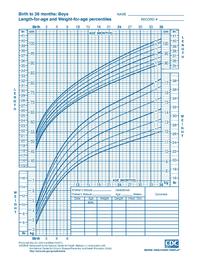
Photo from wikipedia
Bronchiectasis is a chronic pathological condition characterised by abnormal enlargement of the lung's conductive airways. It is associated with a lack of ciliary motility and restricted mucociliary clearance in diseases… Click to show full abstract
Bronchiectasis is a chronic pathological condition characterised by abnormal enlargement of the lung's conductive airways. It is associated with a lack of ciliary motility and restricted mucociliary clearance in diseases such as primary ciliary dyskinesia (PCD) or “immotile cilia syndrome”. Recent studies have shown an increase in the prevalence of bronchiectasis, causing a significant burden on public healthcare systems [1, 2]. The mechanisms that trigger and drive the development of bronchiectasis have yet to be fully elucidated. Murine models of immotile cilia or reduced mucociliary clearance failed to display signs of bronchiectasis in multiple studies, raising questions about the suitability of murine models for non-cystic fibrosis (CF) bronchiectasis and hindering the development of targeted therapies [3]. Synchrotron-based imaging allows for detection of bronchiectasis-like phenotypes in mice with mucociliary clearance disorders https://bit.ly/3gXGdP3
Journal Title: ERJ Open Research
Year Published: 2021
Link to full text (if available)
Share on Social Media: Sign Up to like & get
recommendations!